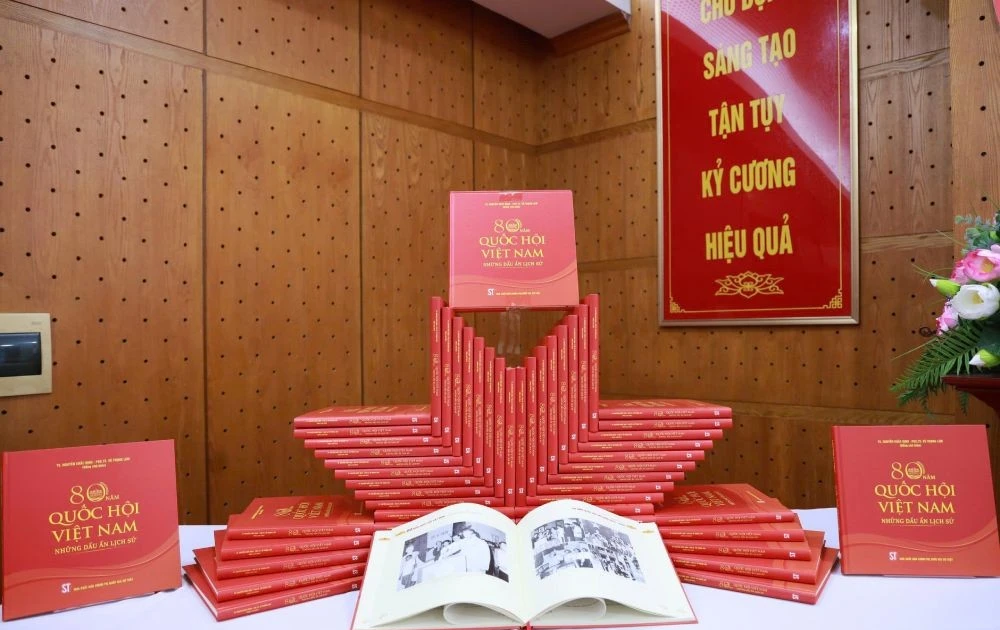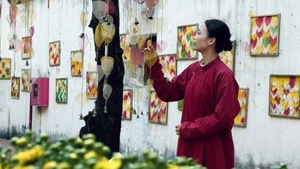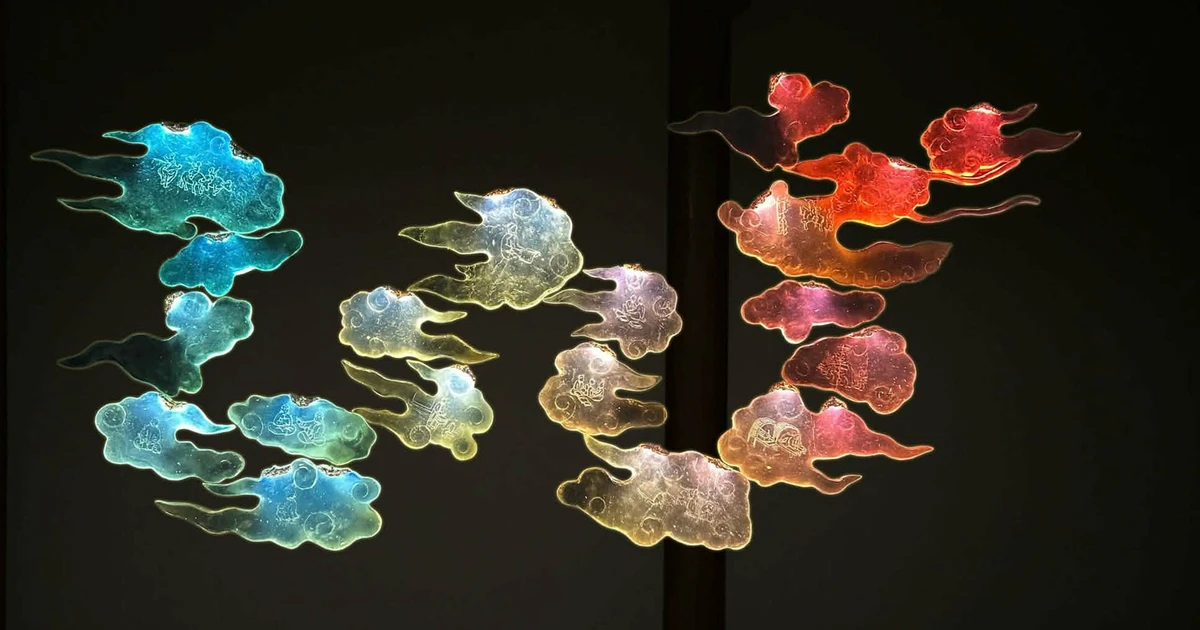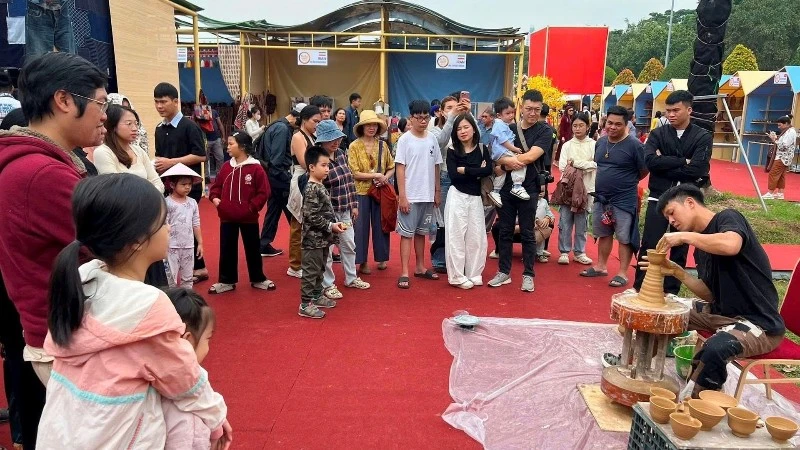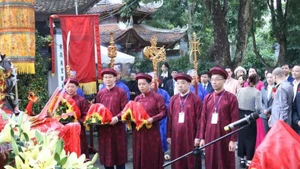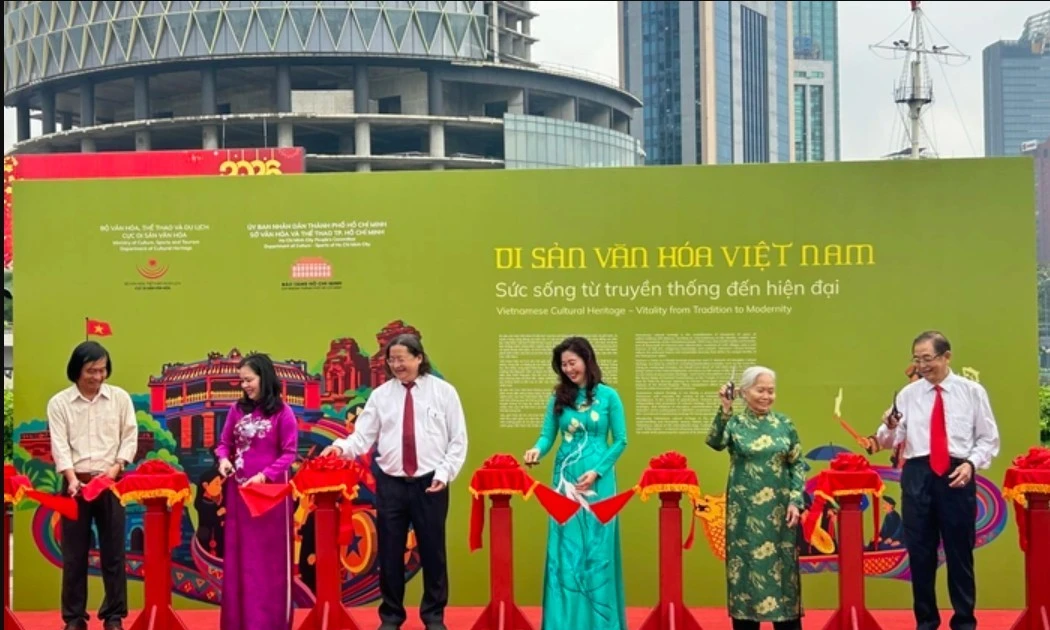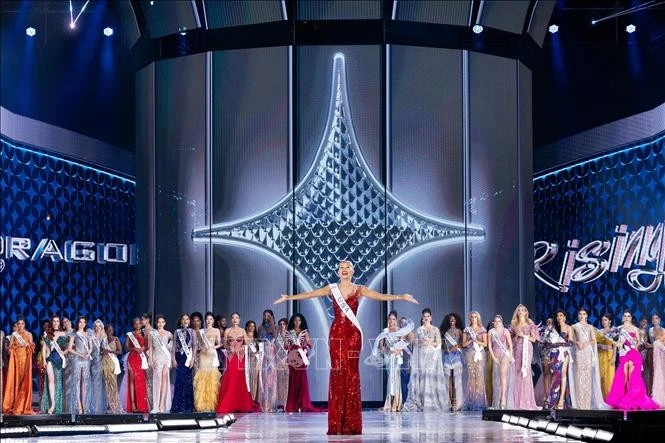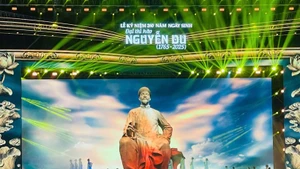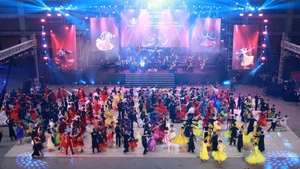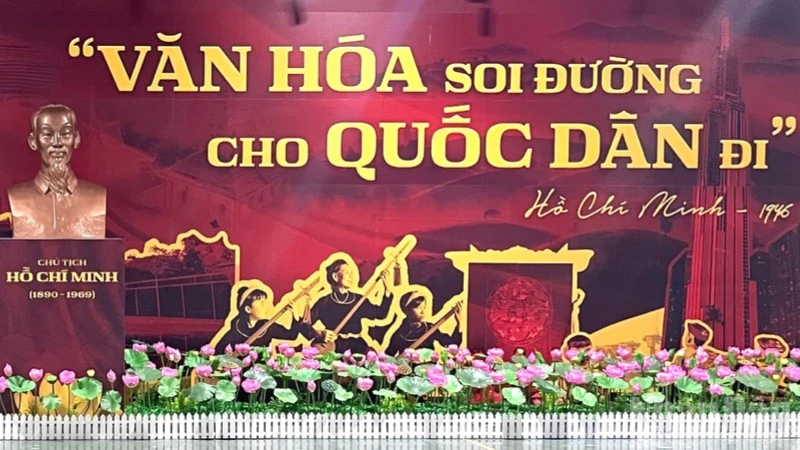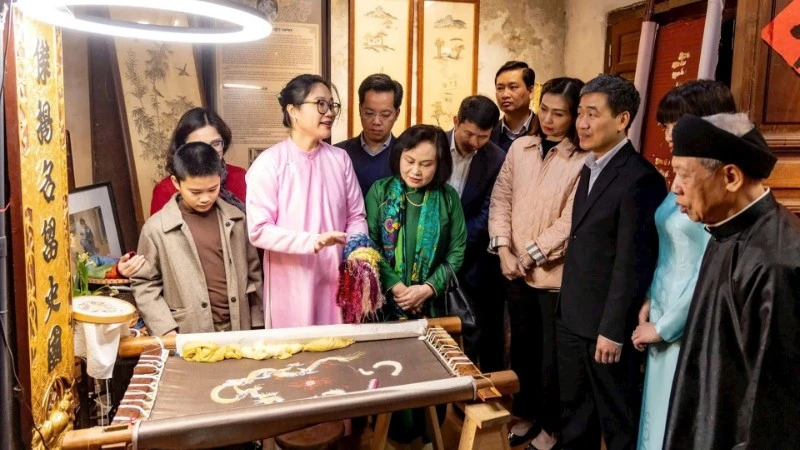However, to genuinely transform cultural resources into economic value in tourism and to elevate cultural tourism into a cultural industry—as outlined in the Strategy for the Development of Vietnam's Cultural Industries with a vision towards 2030—Vietnam's green economy still has much work to do.
In reality, cultural and industrial products have been explored and developed by many countries around the world to create competitive advantages, establish national branding, and attract tourists. For instance, with the strong global spread of K-pop, the Republic of Korea has developed unique Hallyu cultural exploration tours that have garnered significant interest from tourists. Singapore has also been very successful in positioning itself as a leading cultural and artistic destination in the region.
Recently, through bidding, the Lion City became the only Southeast Asian destination for Taylor Swift's The Eras Tour. In just six live performances, the American pop superstar generated millions of USD in revenue for Singapore, with all 300,000 tickets for the six shows sold out. This success benefited various sectors, including airlines, land transportation, tourism, and retail. Similarly, Japan's tourism industry has profited greatly from exploiting products within its manga ecosystem, while the US has attracted tourists with the allure of Hollywood films.
Vietnam’s cultural industry has only been addressed in recent years, several creatively developed products that leverage cultural content have emerged, contributing to the diversification of Vietnam's tourism offerings. Notable examples include large-scale live shows with significant investment in both content and artistry, such as "Tinh hoa Bac Bo", "Ky uc Hoi An" (Hoi An Memories) and "Vu dieu tren may” (Dance in the clouds).
At the beginning of 2024, the Hanoi Department of Tourism announced 15 nighttime tourism products, most of which leverage the city’s strengths in culture and heritage. Notable offerings include nighttime tours to the Hoa Lo Prison, the "Decoding the Imperial Citadel" tour, and the programme "Legend of Youth - Living a Meaningful Life" at the Vietnam Women's Museum, which left an unforgettable impression on visitors.
However, it is essential to candidly acknowledge that the cultural tourism products that embody distinctive characteristics and have the potential to establish brand positioning for destinations in Vietnam are still limited, and there is often duplication among localities. According to Dr Nguyen Anh Tuan, Director of the Institute for Tourism Development Research, cultural tourism products in Vietnam generally lack creativity and do not offer significant differentiation among regions.
Many valuable cultural tourism resources have yet to be invested in and developed to their potential, and numerous culturally significant sites have not been transformed into tourism products. Dr Nguyen Anh Tuan further noted that the development of cultural tourism in Vietnam lacks coherence and integration in product development, as well as collaboration among localities utilising cultural resources, failing to create high-quality and sustainable tourism products. Many experts believe that to transform cultural tourism into a cultural industry, the key is to create cultural products that resonate emotionally with tourists. To achieve this, it is necessary to enhance the level of creativity in product development, providing unique and memorable experiences.
Dr Nguyen Thu Hanh, President of the Union of Sustainable Tourism Development Sciences (STDe), expressed that tourism has primarily focused on exploiting the past values of cultural heritage, neglecting the current and future values, which has not led to the creation of new attractions. Moreover, the connections between creative individuals and creative collectives are also limited, resulting in an inability to generate sustainable product value chains.
According to Dr Nguyen Thu Hanh, investing in culture always carries significant challenges and risks. However, there is a lack of mechanisms and policies to attract and protect cultural investors, preventing the mobilisation of substantial resources for cultural tourism development. The STDe President suggested that there should be a strong connection between tourism and other fields, such as sports, music, cinema, and fine arts, to foster innovation in product development.
Dr Trinh Le Anh, a lecturer at the Faculty of Tourism at the University of Social Sciences and Humanities, Vietnam National University, emphasised that the goal of the cultural industry is to find "outlets" for products, and tourism serves as an excellent outlet for consuming cultural, industrial products. Tourism should collaborate with entertainment, software, technology, and other sectors to create products that attract modern tourists, especially young travellers, with a particular focus on fashion and cuisine to develop products rich in local colours.
Directive No. 30/CT-TTg from the Prime Minister (dated August 29, 2024) on the Development of Vietnam’s Cultural Industries emphasised the importance of accelerating the application and exploitation of scientific and technological achievements, along with business skills, creative capacity, and cultural capital, as well as intellectual property rights, to create products and services with cultural and economic value. The development of cultural industries must ensure the maximum and effective tilizeion of potential and advantages, diversifying and integrating across various sectors.
The Prime Minister also asked ministries, sectors, and localities to focus on implementing several tasks and solutions related to mechanisms and policies to support and promote the development of cultural industries, build distinctive products and services, and tilize digital platforms to create cultural, industrial products.

